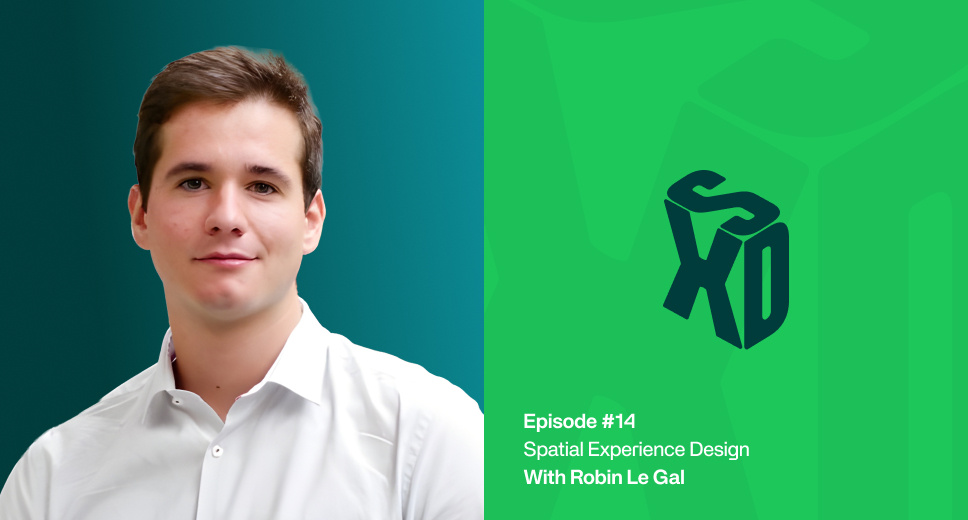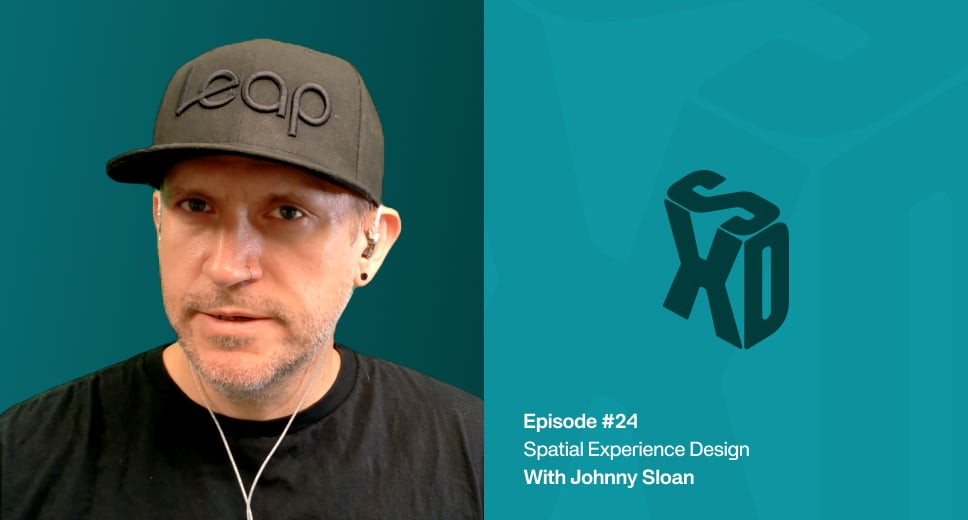Robin Le Gal, Co-Founder of Ezymob, joins host Søren Vasø in this episode of Spatial Experience Design to explore how public environments can be designed for everyone. The conversation focuses on how accessibility-focused thinking leads to smarter movement and greater autonomy in spaces like transit hubs, campuses, and city streets. They discuss the role of data, the importance of universal design, and how context-aware tools can make navigation more intuitive for all users. From tactile wayfinding to real-time transit cues, this episode demonstrates why better design starts with understanding how people move through the world.
Key Topics:
-
- Universal Design
- Accessible Public Environments
- Real-time data for better navigation
- Supporting autonomy through movement cues
- Multisensory wayfinding for all users
- Reframing accessibility as a strategic asset
Turning Universal Design into Everyday Experience
Accessibility is often considered a legal compliance checklist or a moral box to tick. This way of thinking overlooks a real opportunity: creating better, smarter, more usable spaces for everyone.
Designing for a range of physical and cognitive access needs benefits far more than a small group. It makes environments easier to understand, navigate, and enjoy. Accessibility works best when included from the start, not added as an afterthought.
Start by Thinking About the Edges
Most spaces are designed for the so-called "average" user. But it’s a myth - the average user simply doesn’t exist. Designing for people with limited vision, mobility challenges, or neurodiverse ways of thinking often leads to better outcomes for everyone. Sloped sidewalk edges support both wheelchair users and parents with strollers. High-contrast signs help those with low vision and also anyone staring into sun glare.
Designing for Movement and Confidence
Access to a space does not guarantee ease of use. Good design helps people navigate with clarity and confidence. That might mean knowing which train car has space for a wheelchair or which exit works best when a gate is closed. Details like these shape how capable people feel as they move through an environment.
Data Can Help—If We Use It Right
Many public places already track useful data: crowded areas, blocked paths, elevator outages. Collecting data is common. Applying it meaningfully is rare. Contextual layers—like time of day, service interruptions, or typical crowd flows—can turn raw data into meaningful guidance. Smart signage and real-time updates can support independent wayfinding for everyone, not just tech-savvy users.
Making Movement Intuitive for Everyone
We should design spaces that work for as many people as possible, without needing adaptations. The next consideration is asking: how do environments feel to move through? Can someone make a decision quickly? Can they adjust with minimal stress when conditions change? Accessibility belongs to a broader mindset focused on reducing friction, improving clarity, and helping people feel in control.
Examples in Practice
- Tactile paving helps visually impaired users but also cues distracted pedestrians.
- Audio announcements support blind users but also help everyone in noisy or crowded conditions.
- Step-free navigation helps wheelchair users, travelers with luggage, parents pushing strollers and older adults.
When cities and venues invest in accessibility features, they create ripple effects that benefit all users. The payoff is clarity, confidence, and a better experience for everyone.
What Comes Next
This way of thinking fits many settings—stadiums, transit hubs, offices, and retail spaces. Instead of focusing only on physical access, teams can explore how environments respond to people in motion. Design choices evolve alongside real-world needs, shaping spaces that support everyone who passes through.
The more we build for real people, in real situations, the more useful our environments become. Small, steady improvements make the biggest difference over time.
What will you shape what's ahead?
Additional Resources:
April 8, 2025



.png)